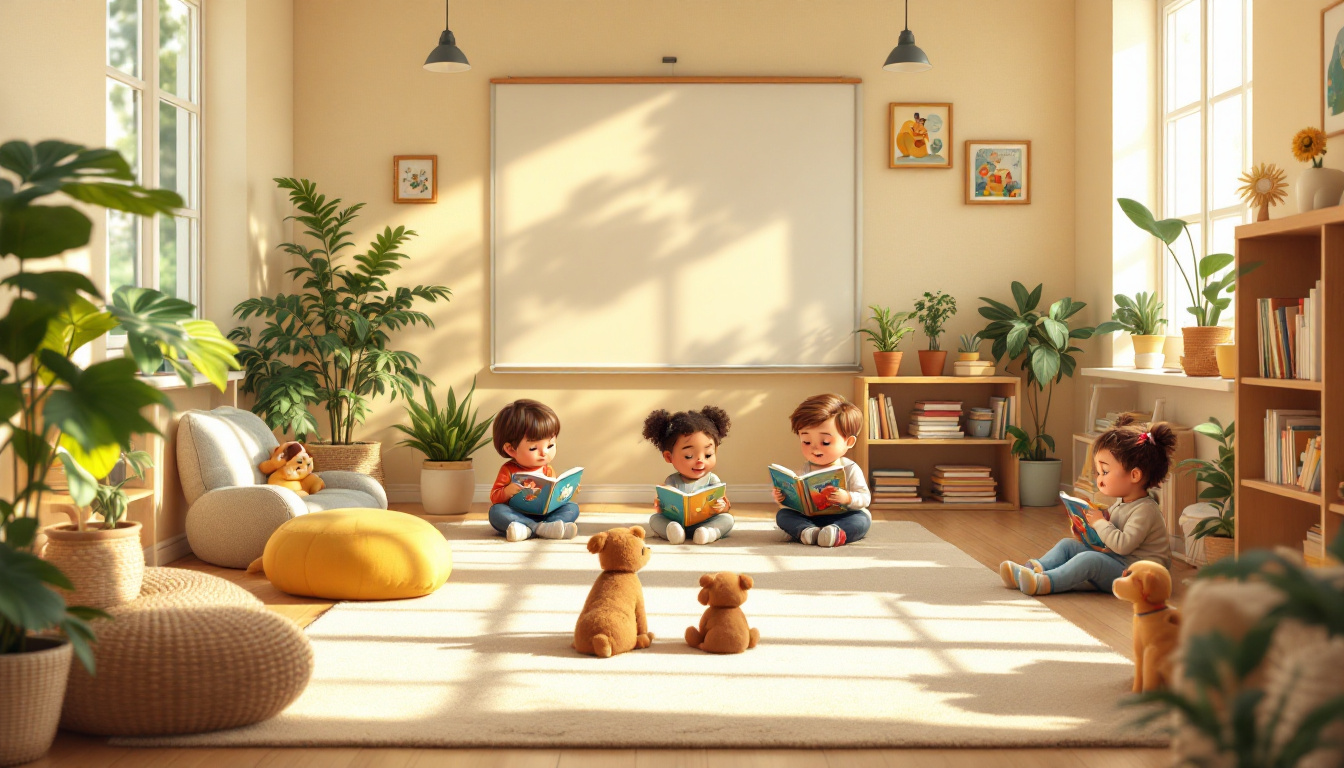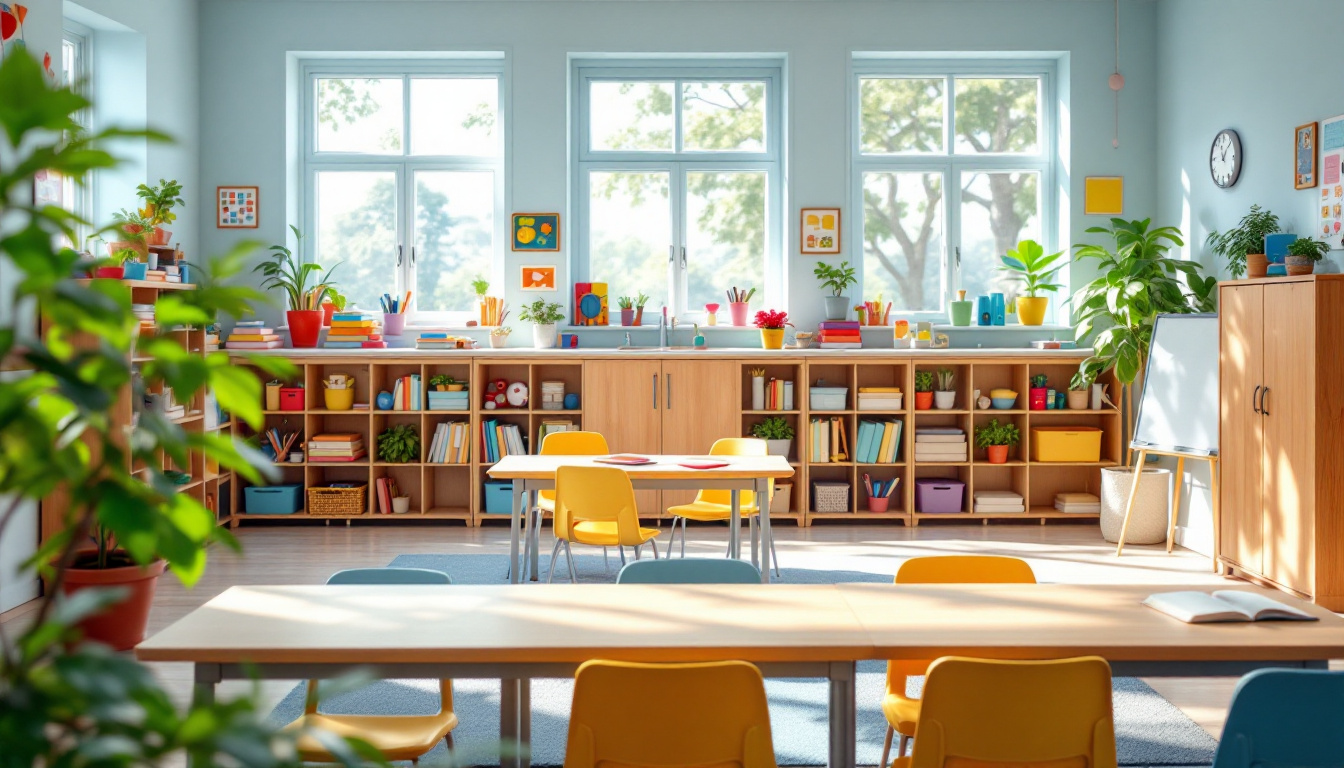Is Your Child Masking? 7 Autism Clues to Watch
Learn 7 key autism clues that indicate your child may be masking, why it happens, and how to provide support without causing stress.

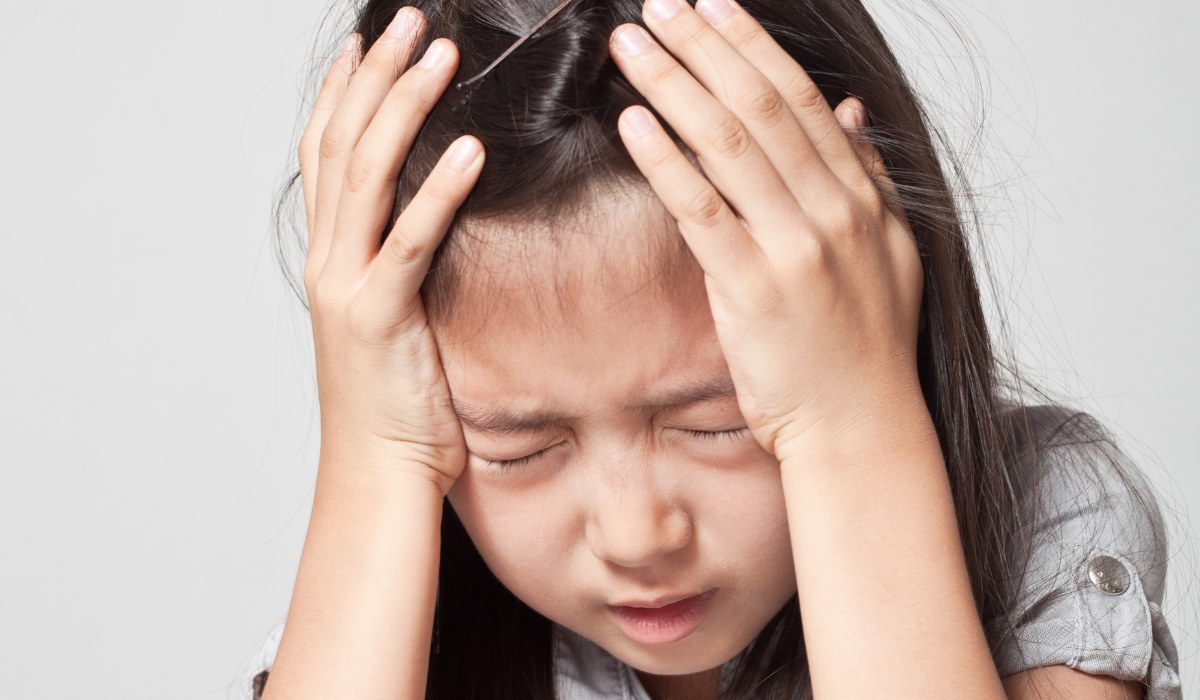
Key Points:
- Many autistic children “mask” their traits to blend in socially, often leading to emotional exhaustion.
- Recognizing subtle signs—like perfectionism, social mimicry, or post-school meltdowns—can help parents offer better support.
- Gentle understanding, consistent routines, and individualized therapies like ABA can help your child feel safe being themselves.
For many children on the autism spectrum, daily life can feel like performing on stage. They learn to copy others’ behaviors, suppress natural reactions, and “act normal” to avoid standing out. This coping mechanism—known as masking—can make it hard for parents, teachers, and even clinicians to spot the signs of autism early.
Masking often begins when a child senses that their authentic behaviors aren’t accepted or are misunderstood. Over time, this can lead to anxiety, exhaustion, or even burnout. Recognizing the clues early allows families to support their child before emotional distress takes hold.
Recognizing the Hidden Signs of Masking in Autistic Children
Masking in autism can be subtle and easily mistaken for confidence or adaptability, but underneath, it often reflects deep emotional effort. Many children learn to hide their differences to blend in, pushing themselves to meet unspoken social expectations. Over time, this constant self-monitoring can lead to exhaustion, stress, and loss of identity.
Understanding the signs of masking is the first step toward helping your child feel safe to be authentic. Below are seven key indicators that may reveal when your child is masking—and ways you can support them with compassion and awareness.
1. They Imitate Peers to Fit In
Children who mask often study social situations closely. They copy how others speak, move, or play—not because it feels natural, but because they believe it’s expected.
You might notice your child mimicking phrases, expressions, or even mannerisms of friends or favorite TV characters. On the surface, this can look like typical social learning, but there’s a difference: masking lacks the comfort of authenticity.
Over time, this imitation can cause fatigue. Your child may seem “on edge” around peers but relaxed at home, where they can finally drop the act.
If this resonates, try creating low-pressure social settings where your child can interact without fear of judgment. Reinforcing authentic behavior and celebrating their natural interests helps them feel seen and accepted.
2. Emotional Meltdowns After Social Events
When children work hard to “hold it together” all day, the energy drain shows later—often through meltdowns, shutdowns, or irritability once they’re home.
This “after-school crash” isn’t defiance; it’s emotional exhaustion. Imagine wearing a mask for hours, constantly monitoring every word or gesture to seem “normal.” Once that mask slips off, the built-up stress spills out.
Parents can support recovery by maintaining predictable routines and offering quiet decompression time after social or school activities. Gentle transitions, sensory tools, and consistent emotional validation can go a long way toward helping your child feel safe again.
3. They Avoid Asking for Help or Showing Confusion
Children who mask tend to hide their struggles, fearing it might make them seem “different” or “wrong.” You might notice they avoid asking for help—even when tasks clearly frustrate them.
For example, your child might sit silently during a group project, copy others’ work, or pretend to understand instructions. This self-silencing stems from the desire to avoid attention.
As a parent, you can counter this by normalizing mistakes and modeling that it’s okay to ask questions. Encouraging your child to express confusion without consequence can help them trust that authenticity is safe.

4. They Seem “Perfect” at School but Struggle at Home
One of the most telling clues of masking is a stark difference between environments. Teachers may describe your child as polite, quiet, or exceptionally well-behaved—while at home, you see tears, frustration, or complete shutdowns.
This isn’t inconsistency; it’s the cost of maintaining composure. The structured, socially demanding environment of school often forces children to suppress their needs. Once home, the mask comes off, and emotions flood out.
Communication between parents, teachers, and therapists is crucial here. When educators understand masking, they can interpret “perfect” behavior not as comfort, but as potential distress in disguise.
5. They Overanalyze Social Situations
Many autistic children who mask develop a kind of social “script.” They replay conversations in their head, worry if they said something wrong, or prepare lines before speaking.
This constant mental rehearsal can look like shyness, anxiety, or introversion—but underneath lies deep social fatigue. Your child may even withdraw from friendships after small misunderstandings simply because they feel unsafe navigating unpredictable interactions.
Encouraging emotional regulation, teaching coping skills, and working with a therapist who understands neurodivergent communication can ease this burden.
Applied Behavior Analysis (ABA) therapy, provided by compassionate teams like Grateful Care ABA, can help children build confidence and self-expression at their own pace. Rather than forcing conformity, a well-designed ABA program focuses on understanding your child’s perspective and reinforcing authentic communication.
6. Physical Signs of Stress or Burnout
Masking doesn’t just affect emotions—it can take a physical toll. You might notice signs like:
- Frequent stomachaches or headaches before school.
- Trouble sleeping or restlessness.
- Sudden changes in eating habits.
- Emotional shutdowns after prolonged social exposure.
These can be stress responses linked to chronic masking. When a child’s nervous system stays in “performance mode,” their body eventually signals overload.
Parents can help by recognizing these symptoms as messages rather than misbehavior. Calming sensory activities—weighted blankets, gentle movement, or quiet spaces—can restore a sense of safety. Over time, structured therapies like ABA can teach coping tools that help your child manage stress before it escalates.
7. They Struggle to Identify or Express Emotions
Children who mask often disconnect from their feelings because expressing them might feel unsafe. They might say they’re “fine” even when upset, or show emotions that don’t match the situation.
This disconnect can make it difficult for others to understand what’s really happening. Parents might feel confused—“She looks happy, but she’s exhausted later”—when in fact, emotional suppression is at play.
To help, focus on building emotional literacy. Practice naming emotions together (“You look frustrated; is that right?”), use visual supports like feeling charts, and reinforce that all emotions are valid.
Through consistent modeling and support, children gradually relearn that it’s okay to feel and show what’s real.
Why Masking Happens—and What It Costs
Masking often begins as self-protection. A child might sense that stimming, avoiding eye contact, or expressing special interests draws unwanted attention. So, they adapt.
Over time, though, the habit of hiding becomes emotionally draining. Many autistic teens and adults report burnout, anxiety, or identity confusion from years of pretending. Some even say they no longer know “who they are” outside of the mask.
That’s why early recognition is so important. Helping your child feel accepted and supported can prevent long-term mental health struggles.
How Parents Can Support a Child Who Masks
Unmasking doesn’t mean removing every coping strategy—it means helping your child feel safe being themselves. Here’s how you can start:
- Validate their experience. Acknowledge that social situations can be hard and tiring. Avoid telling them to “just relax” or “try harder.”
- Provide predictable structure. Consistent routines give children a sense of control and reduce anxiety about what’s next.
- Encourage special interests. What may look like obsession is often a deep source of joy and regulation.
- Communicate with educators. Let teachers know your child may mask at school so they can watch for signs of fatigue or stress.
- Seek professional guidance. Therapies like ABA, occupational therapy, or speech therapy can help your child develop healthy coping tools.
At Grateful Care ABA, therapists focus on positive reinforcement, natural communication, and emotional understanding. Instead of teaching children to hide who they are, our goal is to build self-confidence and help them thrive both at home and in the community.
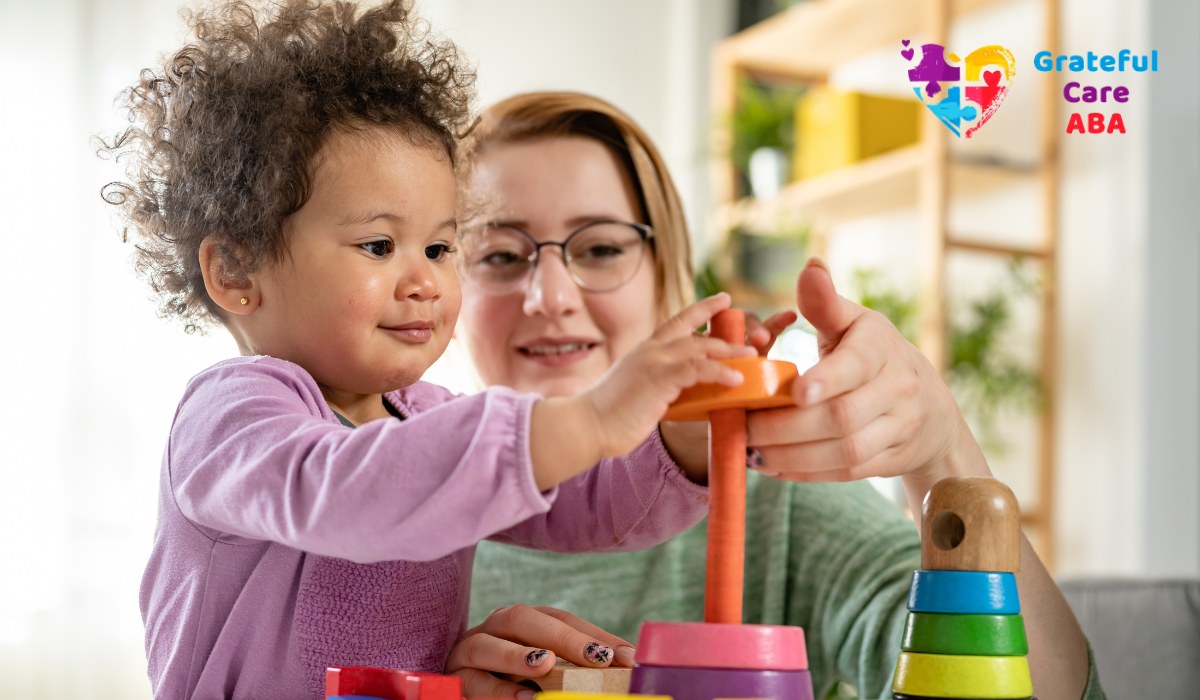
The Role of ABA Therapy in Supporting Authenticity
ABA therapy, when done with compassion and respect for neurodiversity, can be transformative. It’s not about forcing “normal” behavior—it’s about teaching practical skills that empower your child to navigate daily life with confidence.
For children who mask, ABA can:
- Teach communication strategies to express needs without fear.
- Reduce anxiety through consistent structure and reinforcement.
- Support emotional regulation to prevent burnout and meltdowns.
- Strengthen social understanding while honoring individuality.
Families working with Grateful Care ABA often describe sessions as engaging and encouraging. Every program is tailored to the child’s unique learning style and emotional needs, ensuring progress happens in a safe and positive environment.
Unmasking Starts with Understanding and Support
Masking can make it seem like your child is coping well—but underneath, they may be fighting silent battles of exhaustion and self-doubt. Recognizing the signs is the first step toward understanding what your child truly needs: safety, acceptance, and support to be themselves.
If you’ve noticed these patterns, you don’t have to navigate them alone. Compassionate, evidence-based care can make a world of difference.
Grateful Care ABA offers personalized ABA therapy in Arizona, Indiana, Tennessee, Georgia, North Carolina, and Virginia, helping children unmask safely and thrive authentically. Reach out today to learn how we can support your child’s growth and well-being.
Apply Now
At Grateful Care ABA, we are proud to offer the best ABA therapy services in Indiana. Armed with a team of skilled Board Certified Behavior Analysts (BCBAs), we bring years of experience to the table, making us the preferred provider for ABA therapy in our community.
Understanding that every child with ASD is unique and has unique goals and objectives, our ABA therapists carefully craft personalized ABA therapy plans that are tailored to meet the specific needs of each child. Whether your child needs help with reducing maladaptive behaviors, your child needs IEP support at school, you want your child to be self-sufficient at home, or something else, we use ABA therapy to work diligently toward specific goals. Together we can make a difference in your child’s life!
Contact us today to connect with an ABA therapist and learn more about ABA therapy solutions for your child.

.jpg)
.jpg)

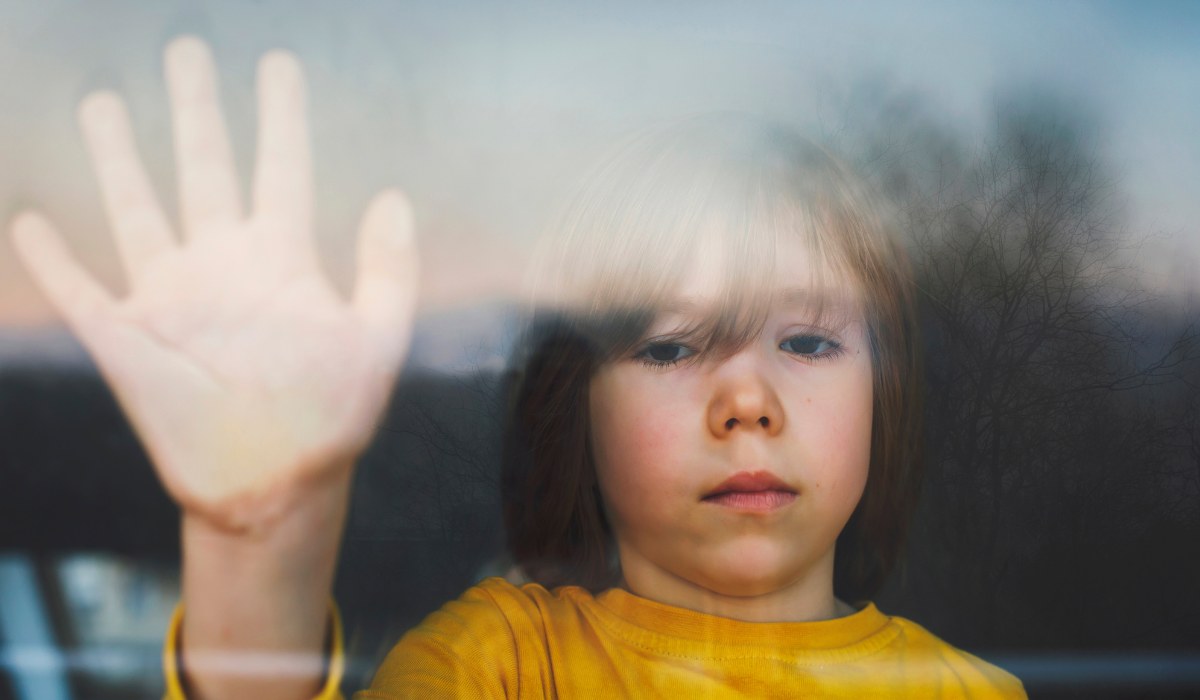

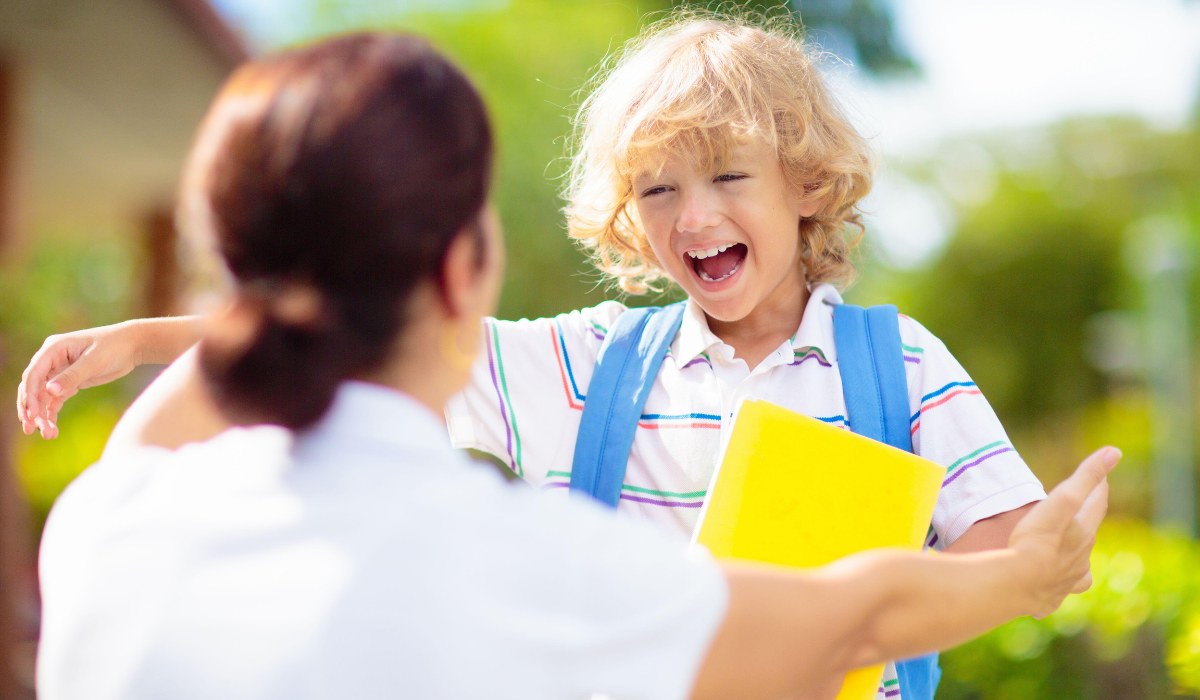
.jpg)
.jpg)
.jpg)

.jpg)
.jpg)
.jpg)
.jpg)
.jpg)
.jpg)
.jpg)

















